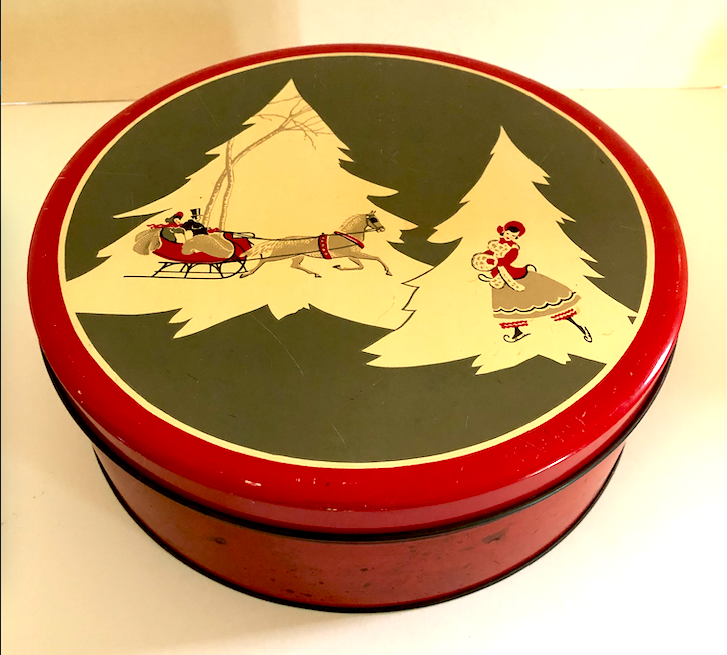
By Dorri Partain
Whether you love it or loathe it, you probably have a fruitcake tin stashed somewhere filled with odds and ends.
The controversial fruitcake dates to the days when the ancient Romans baked a cake using a barley mash filled with pomegranate seeds, pine nuts, and raisins. As the Roman Empire spread across Europe, so did the fruitcake. In each region, the ingredients began to vary depending on the types of fruits and nuts available in each locale.
In some cultures, fruitcake is eaten year round, while in others, due to the amount of fruit and nuts, it is only eaten during special occasions and celebrations.
The fruitcake arrived in America as European settlers brought their cultural recipes with them, modified with ingredients now available on a new continent like orange peel and pecans.
When German immigrant August Weidman began his Collin Street Bakery in 1896, fruitcake was baked along with bread and other baked goods. But the fruitcake proved so popular that it eventually became the sole item produced to keep up with demand.
During the 1940’s, the small bakery in Corsicana, Texas, began its mail order business. The durable metal tin, first used to keep the cakes fresh and free from pests, now served dual duty as a shipping container that would keep the cake from being crushed during handling.
While the Collins Street Bakery ships their fruitcakes to all 50 states and 196 countries, some recipients simply pass along the unwanted cake to someone else, as one family has claimed to do since 1878. The cake was baked by Fidelia Ford, who died in 1879 before the cake was eaten. As a legacy to her handiwork, her family has stored and passed the cake down through the generations.
While the design on fruitcake tins varies depending on the company, many have used a charming design inspired by the holiday season, depicting skaters or a sleigh dashing through the snow.
This unmarked tin now holds sewing supplies. How do you use yours?


















